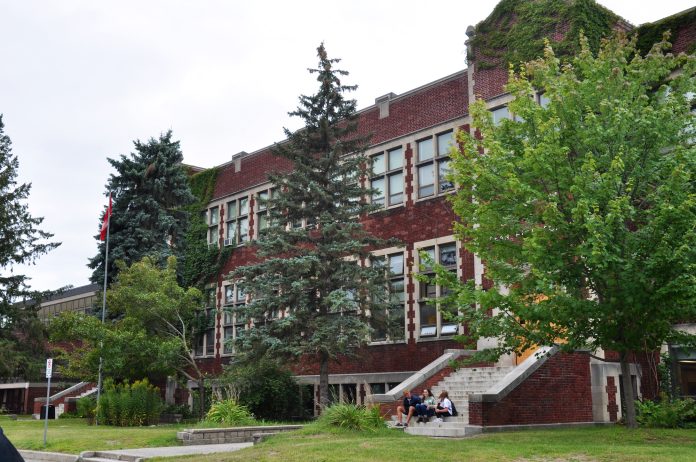By Bella Crysler –
October 17 marked the legalization of cannabis in Canada, a campaign pledge by Prime Minister Justin Trudeau that was initially proposed on April 13, 2017. Today, people over the age of 19 in Ontario are allowed to possess up to 30 grams of legal cannabis in public and grow up to four plants in private residences.
The Cannabis Act aims to regulate and restrict the use of cannabis in order to keep it out of the hands of youth and keep users out of the justice system. According to the Government of Canada, more than half of all drug offences reported by police are cannabis-related.
In 2016, a staggering 23,000 cannabis-related charges were laid. During the year leading up to it becoming legal, more than one in seven Canadians used weed at least once, according to Statistics Canada, roughly on-par with the number of Canadians who smoke cigarettes.
Experts say that legalizing cannabis will take a large burden off the courts and keep many non-violent offenders out of jail. Other positive impacts of this act include keeping users away from buying cannabis that has been contaminated with other harmful substances. It also represents substantial economic opportunities for Canada. The cannabis industry has been valued at around $23 billion by research and accounting firm, Deloitte Canada.
Canada is only the second country in the world to legalize cannabis and many have concerns about how this change will affect youth and their community. The Government of Canada has committed around $47 million to be applied to cannabis public education and awareness activities over the next five years with a special focus on making sure youth understand the health and safety risks or cannabis use and drug-impaired driving.
Grade 12 students from Nepean High School, who will each be turning 19 within the next two years, shared their thoughts on the legalization of cannabis in Canada.




Bella Crysler is a grade 12 student at Nepean High School.
